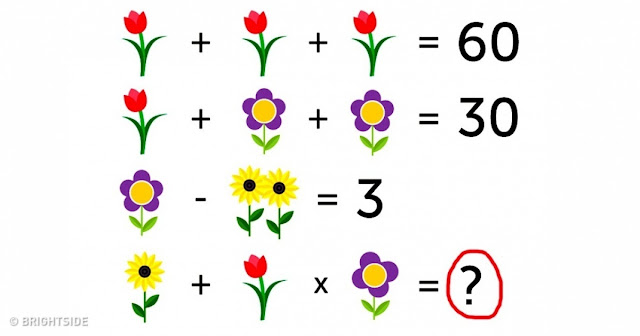Assisted strolling simply were given smarter. A brand new set of rules for an exoskeleton uses direct comments from the wearer to customise the assistance provided, in line with a brand new examine. The exoskeleton is worn at the shin and foot and applies forces to the ankle and toes.
In experiments with eleven in a position-bodied people, the so-called human-in-the-loop algorithm took approximately an hour to optimize the exoskeleton, and afterward, reduced the quantity of power participants wished to stroll via 24 percent, on average, stated research crew member rachel jackson, a postdoctoral researcher within the department of mechanical engineering at carnegie mellon university (cmu). [Bionic Humans: Top 10 Technologies]
"the dimensions of the reduction become pretty amazing," jackson informed live technology.
Jackson and her colleagues, led through steven collins, an associate professor of mechanical engineeringat cmu, and juanjuan zhang, previously of cmu and now a professor at nankai university in china, posted the consequences of their studies online nowadays (june 22) within the magazine science.
A lightened load is without a doubt attractive, but a customised exoskeleton can also increase the distance an in a position-bodied individual can stroll, and it may even help individuals run quicker, jackson stated.
Humans with bodily impairments, inclusive of the ones who have suffered a stroke, a neurological harm or an amputation, may additionally recognize benefits as nicely, jackson stated. A customised exoskeleton could make walking as clean or simpler than it turned into before an amputation or damage, she said.
Researchers used a brand new set of rules to optimize an exoskeleton to offer custom designed help to wearers.
Researchers used a new set of rules to optimize an exoskeleton to offer customized help to wearers.
Credit score: kirby witte, katie poggensee, pieter fiers, patrick franks & steve collins
Previously, the largest common electricity reductions finished by means of different studies teams have been 14.5 percentage, using manually adjusted ankle exoskeletons worn on both legs, and 22.8 percentage, the use of an exosuit that acted on each hips and each ankles the usage of preprogrammed settings.
But the cmu human-in-the-loop set of rules carried out higher, and it did not rely upon preprogramming.
"this set of rules became so properly that it changed into capable of discover an help approach to reduce energy fees with only a single device," said jackson. "that was pretty cool." [Top 10 Inventions that Changed the World]
The undertaking with exoskeletons is that despite the fact that they're intended to assist someone, they can hinder movement, stated jackson. For starters, every device comes with its very own weight, starting from some oz. To a couple of kilos, and the consumer has to carry that weight. Exoskeletons are also designed to use pressure to certain components of the frame, however if the timing of the force is off, the person can also want to use greater strength to transport, jackson stated. And that is counterproductive.
All through the optimization phase of the current look at, each player wore an ankle exoskeleton in addition to a mask designed to degree ranges of oxygen and carbon dioxide (co2). Those measures relate to how a great deal electricity the person is expending. As each person walked on a treadmill at a constant tempo, the exoskeleton applied a set of various patterns of help to the ankles and feet.
Those styles were a mixture of while the force was carried out and the amount of force. As an example, forces might be implemented early in a stance (while the heel first hits the floor), within the middle of the stance (while the foot is flat) or late in stance (whilst the foot has rolled up to the toe). At some stage in the ones variations in positions, a extra or smaller amount of force may be applied.
The set of rules examined the members' responses to 32 exceptional patterns, which changed every 2 mins. Then, it measured whether or not the pattern become making it less complicated or greater difficult for the person to walk.
By way of the give up of the consultation, which lasted just longer than an hour, the algorithm produced a unique sample of assistance optimized for each person.
"in terms of the overall shape of the patterns, there has been huge variability, which speaks to the importance of customizing these strategies to all people, instead of making use of that identical factor to each person," jackson said.
She delivered that the device might also have worked nicely now not just because it become "mastering," however also because as it changed up the pattern of help, the man or woman the usage of it changed into also studying.
"we suppose that it forces humans to discover extraordinary approaches of coordinating their gait to engage higher with the device," jackson said. That helps manual the character on how satisfactory to use the device and derive the greatest gain from it. "it is a -way avenue," she said.
Different contributors of the group plan to check how the algorithm may be scaled as much as create an exoskeleton with six joints, designed to be worn on the whole lower half of of the frame.




No comments:
Write comments